Basalt is an aphanitic (fine-grained) igneous rock with generally 45-53% silica (SiO2) and less than 10% feldspathoid by volume, and where at least 65% of the rock is feldspar in the form of plagioclase. Basalt compositions are rich in MgO and CaO and low in SiO2 and the alkali oxides, i.e., Na2O + K2O, consistent with the TAS classification. Basalt generally has a composition of 45–55 wt% SiO2, 2–6 wt% total alkalis, 0.5–2.0 wt% TiO2, 5–14 wt% FeO and 14 wt% or more Al2O3. Contents of CaO are commonly near 10 wt%, those of MgO commonly in the range 5 to 12 wt%. Basalt commonly features a very fine-grained or glassy matrix interspersed with visible mineral grains. The average density is 3.0g/cm3
- Building: Basalt is extensive used in construction, interior decoration: countertop, vanity top and exterior materials: paving stone, making cobblestones (from columnar basalt) and in making statues. Heating and extruding basalt yields stone wool, said to be an excellent thermal insulator.
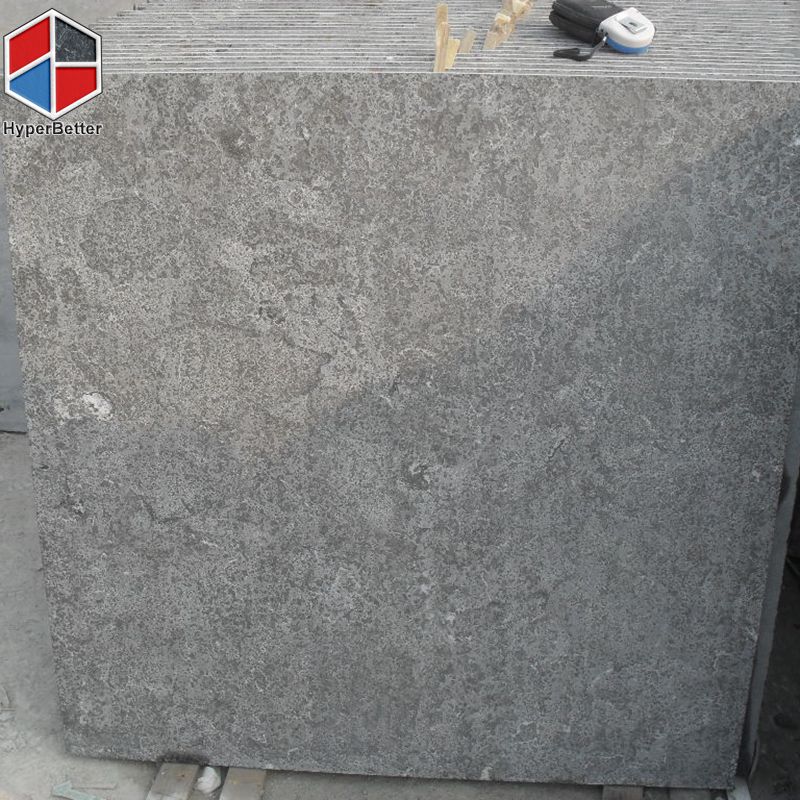
- Color:Basalt usually is grey or black, but rapidly weathers to brown or rust-red due to oxidation of its mafic (iron-rich) minerals into hematite and other iron oxides and hydroxides. Due to weathering or high concentrations of plagioclase, some basalts can be quite light-colored.
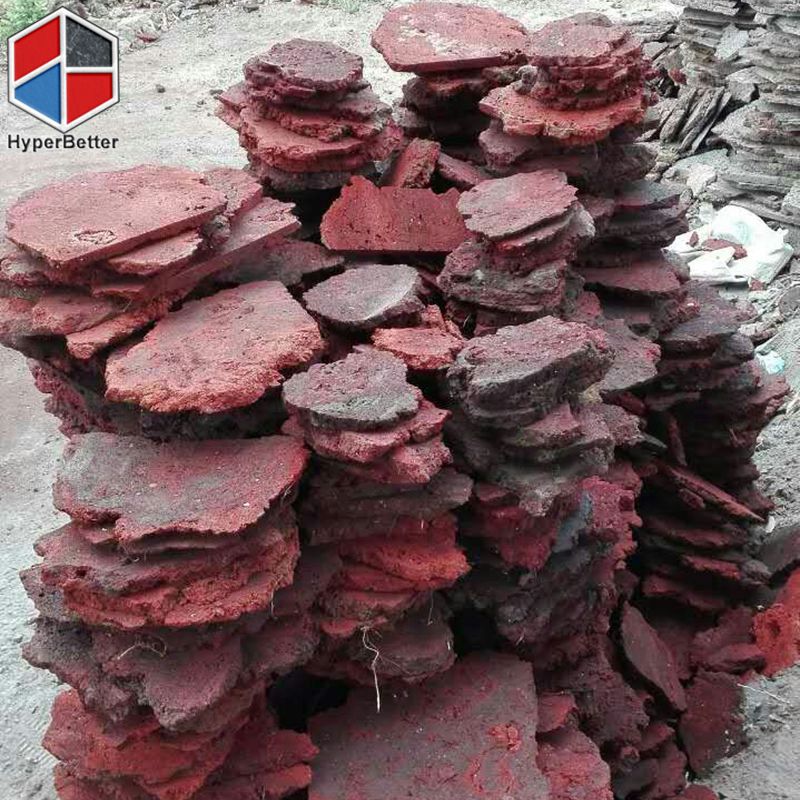
- Surface: Basalt has a fine-grained mineral texture, it is often porphyritic, containing larger crystals formed prior to the extrusion that brought the magma to the surface, embedded in a finer-grained matrix.
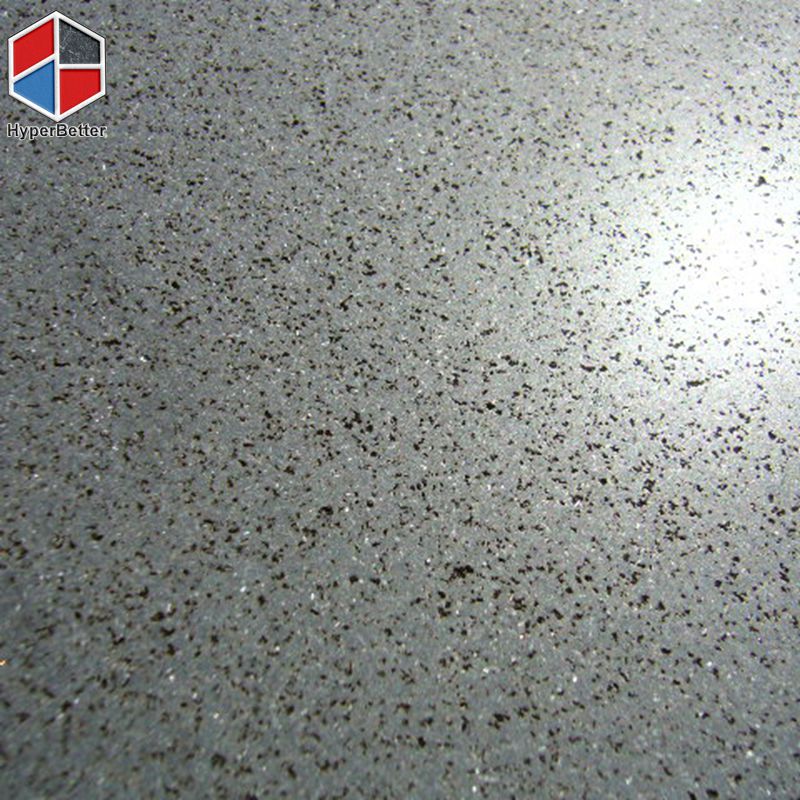
Basalt with micro holes and big holes is called vesicular basalt. This texture forms when dissolved gases come out of solution and form bubbles as the magma decompresses as it reaches the surface, yet are trapped as the erupted lava hardens before the gases can escape.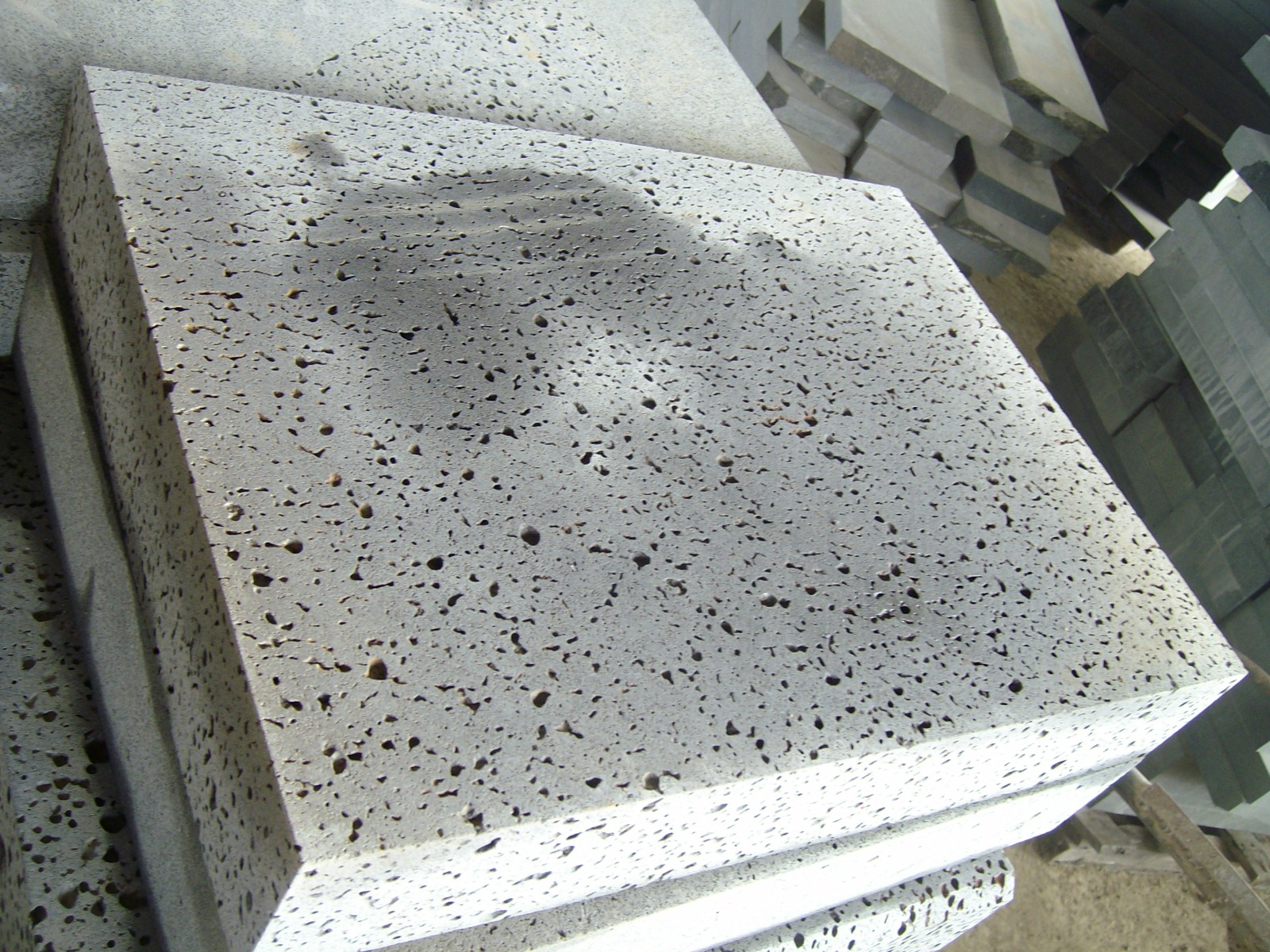
- Source: The word “basalt” is ultimately derived from Late Latin “basalts”, a misspelling of “very hard stone”, and perhaps originated in Egyptian “bauhun”.
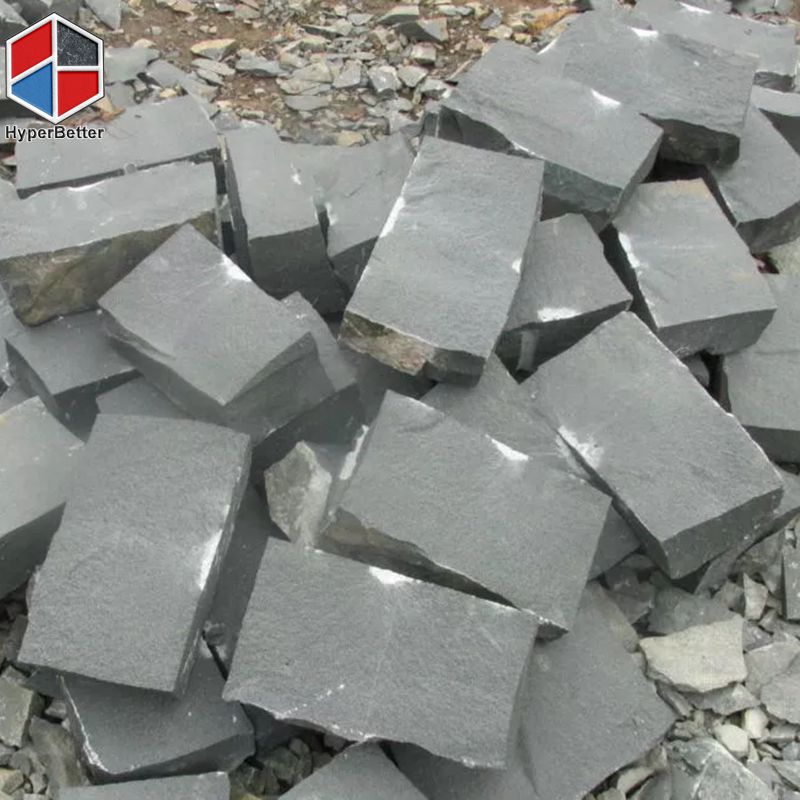
- Heat: Basalt has high liquidus and solidus temperatures—values at the Earth’s surface are near or above 1200 °C (liquidus) and near or below 1000 °C (solidus); these values are higher than those of other common igneous rocks.
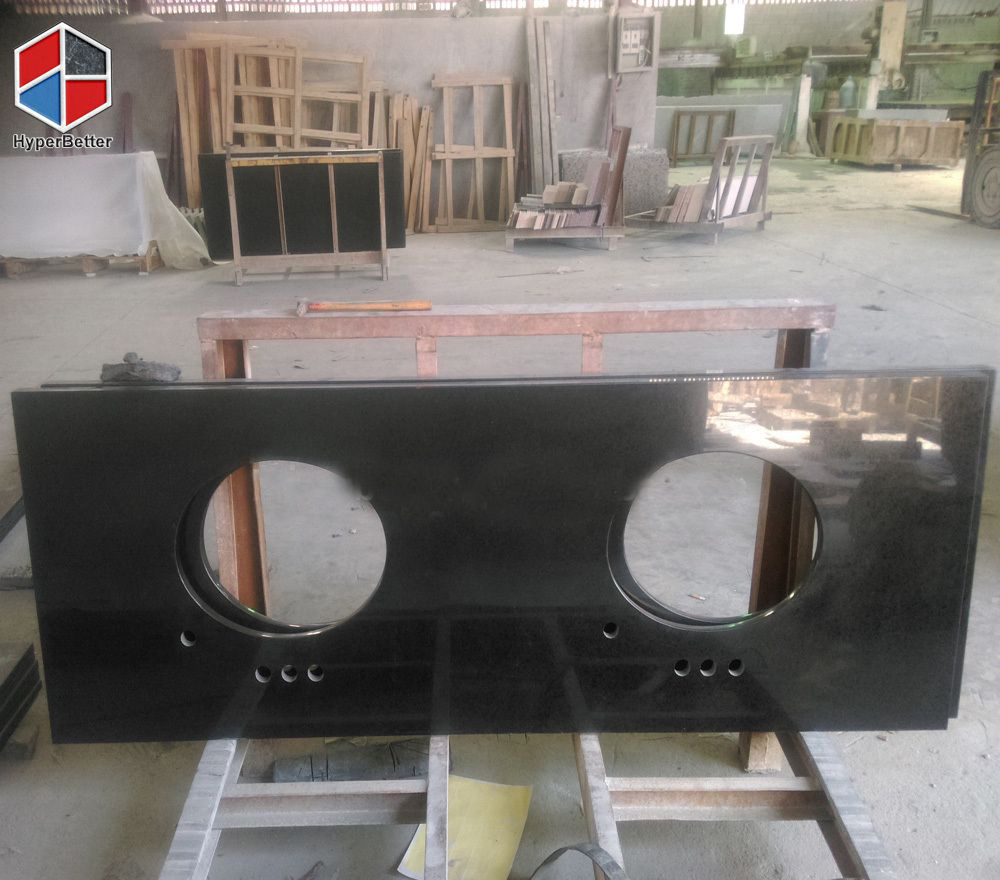
- Distribution: Basalt is one of the most common rock types in the world. Basalt is the rock most typical of large igneous provinces. The largest occurrences of basalt are in the ocean floor that is almost completely made up by basalt. Above sea level basalt is common in hotspot islands and around volcanic arcs, specially those on thin crust. It has also formed on the Moon, Mars, Venus, and the asteroid Vesta.
